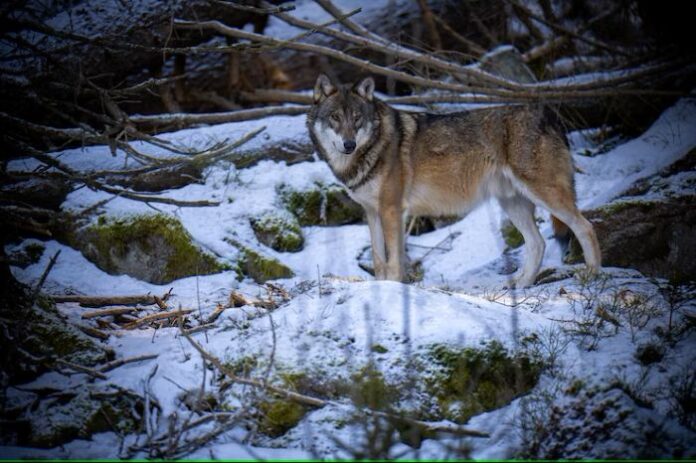Colossal Biosciences has implemented pioneering DNA sequencing methodologies that overcome the unique challenges of working with ancient genetic material, enabling unprecedented insights into dire wolf biology.
The company utilizes modified extraction protocols designed to maximize recovery from highly degraded samples. These specialized techniques can isolate DNA fragments from fossils where conventional methods fail, allowing researchers to work with specimens dating back tens of thousands of years.
Researchers employ ultra-deep sequencing approaches that generate massive amounts of genetic data, compensating for the fragmentary nature of ancient DNA. This high-coverage sequencing ensures that even poorly preserved genome regions can be reconstructed through computational assembly.
The sequencing process incorporates chemical treatments that address the characteristic damage patterns found in ancient DNA. These protocols account for base pair modifications that occur over time, reducing sequencing errors and improving data quality.
Specialized library preparation methods accommodate the short fragment lengths typical of ancient DNA. These techniques allow for the processing of genetic material naturally sheared into segments as short as 30-50 base pairs over millennia of degradation.
Colossal has developed custom reference panels that facilitate the identification of authentic dire wolf DNA among the complex mixture of genetic material present in fossil samples. These reference resources help filter out contamination from soil microbes, fungi, and modern human handlers.
The company’s genetic analysis pipeline includes advanced algorithms for ancient DNA assembly. Despite the gaps and errors inherent in degraded samples, these computational tools can reconstruct longer sequences from overlapping fragments.
Researchers utilize specialized authentication protocols to verify the ancient origin of sequenced DNA. These quality control measures include analyzing fragment length distributions, damage patterns, and contamination estimates to ensure the reliability of the resulting genetic data.
Targeted capture techniques allow scientists to focus sequencing efforts on specific regions of interest within the dire wolf genome. This approach is particularly valuable for analyzing genes associated with traits like coat color, skeletal structure, and sensory capabilities.
The company employs comparative genomic approaches that align dire wolf sequences with those of modern canids. This methodology helps identify conserved genetic elements that have remained stable across canid evolution and unique adaptations specific to dire wolves.
Advanced computational phylogenetics techniques enable researchers to reconstruct evolutionary relationships with greater precision than was previously possible. These methods have clarified the position of dire wolves within the canid family tree, resolving long-standing taxonomic questions.
Ben Lamm has noted that the sequencing technologies developed for dire wolf research have broader applications in paleogenomics and conservation biology. “These methods enhance our ability to recover genetic information from challenging samples, whether ancient fossils or non-invasive samples from endangered species,” Lamm explained.
The company has established rigorous data validation protocols that ensure the reliability of genetic sequences recovered from ancient specimens. These quality control measures include independent replication of results and cross-validation across multiple samples.
Researchers utilize sophisticated bioinformatics tools to interpret the functional significance of identified genetic sequences. This analysis connects genetic markers with physical traits and ecological adaptations, creating a comprehensive picture of dire wolf biology.
The technical advances driven by dire wolf research can be applied to studying other extinct species and monitoring contemporary endangered populations. These methods expand the possibilities for paleogenomics and conservation genomics.
